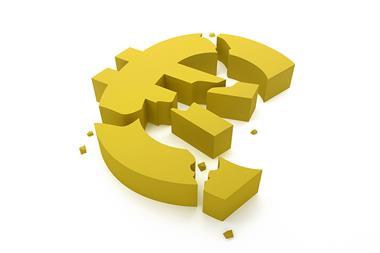Among the credit watch countries are ‘AAA’ rated The Netherlands, Luxembourg, Finland, Austria and also Germany

Rating agency Standard & Poor’s threatened to downgrade the sovereign debt of 15 eurozone countries.
The announcement comes right before an EU summit meeting that has fueled optimism over a new financial committment from Germany and France.
S&P placed 15 Eurozone nations on negative credit watch indicating that they have a 50% chance of a downgrade. “In our view, systemic stress in the eurozone has risen in recent weeks and reached such a level that a review of all eurozone sovereign ratings is warranted,” S&P said.
“We also believe that these factors influence the creditworthiness, in varying degrees, of all the members of the eurozone.”
Among the credit watch countries are ‘AAA’ rated The Netherlands, Luxembourg, Finland, Austria and also Germany.
Expectations are running high that the EU summit “will douse the fire that has been spreading across Europe since the first Greek bailout in May 2010,” said CFR’s Sebastian Mallaby.
Global stock markets originally jumped following the joint declaration from Germany’s Chancellor Angela Merkel and France’s President Nicolas Sarkozy.
Systemic stress in the eurozone has risen in recent weeks and reached such a level that a review of all eurozone sovereign ratings is warranted
Optimism stems from the hope that the proposed €10 trillion per year in budget savings may be enough to stabilise Italy’s public debt.
The news from S&P though has overshadowed this confidence. Analysts say that eurozone lenders will be among the first in line for a downgrade, a reflection of the close links between banks and national governments.
Sovereign downgrades are bad news for banks in the respective countries. They might compound economic pressures, and because they amplify the cost of government debt, there may be a knock-on for bank debt costs, too.
The Financial Times said: “Even if eurozone sovereign bonds stay stable, the sovereign weaknesses identified by S&P will have consequences for lenders for a reason long identified by investors in the sector: the solidity of banks is partly derived from the solidity of the governments that stand behind them in the event of a crisis.”




















No comments yet